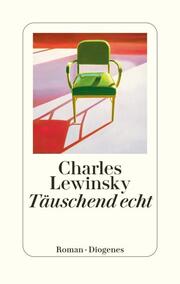Hugo von Hofmannsthal: Writings on Art / Schriften zur Kunst
German Texts in English Translation, Volume II. Deutsche Texte in englischer Übe
Schwarz, Hans-Günther / R Diffey, /
Erschienen am
01.08.2017, Auflage: 1. Auflage
Beschreibung
Around 1900 the city of Vienna was pulsating with creativity. From a cultural-historical point of view, it presents one of those rare scenes of concentrated and varied talent, not only in the arts, but also in psychology and medicine, philosophy, physics, and (though less famously) sociology. Writers and artists working in Vienna, including Sigmund Freud, Ernst Mach, and - somewhat later - Ludwig Wittgenstein, were at the forefront of exploring new ways of perceiving the world. The Viennese writer Hugo von Hofmannsthal (1874-1929) is at the epicentre of such shifts in sensibility. The present volume is intended to bring to the fore an under-represented side of Hofmannsthal's writing: his thoughts on and responses to visual art. It is directed towards scholars of German literature and Modernism as well as towards a more general audience interested in the strange force that art can wield over us, and in that eternal drive to express what simultaneously resists and compels expression. While the texts chosen are not exhaustive (the critical edition of Hofmannsthal's writings currently comprises 39 published volumes), they are representative of Hofmannsthal's literary engagement with visual art around the turn of the century. Visual art was by no means the only kind of art that seized Hofmannsthal's interest. Dance in particular fascinated him (he was involved in a number of ballet collaborations), as did music. Even though he considered himself ignorant when it came to music, he noted to his collaborator Richard Strauss quite confidently that he had nevertheless a feeling for style (Richard Strauss - Hugo von Hofmannsthal Briefwechsel, p. 240). This sensibility is present in his comments on visual art as well.














